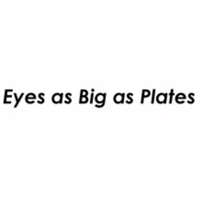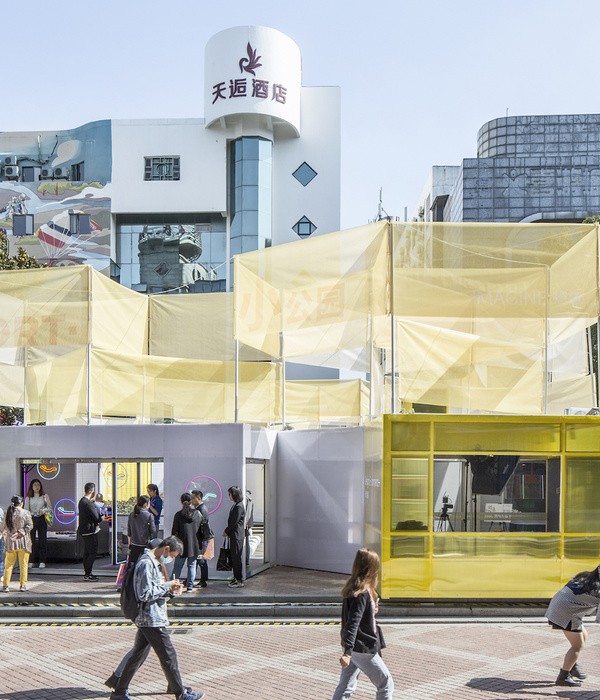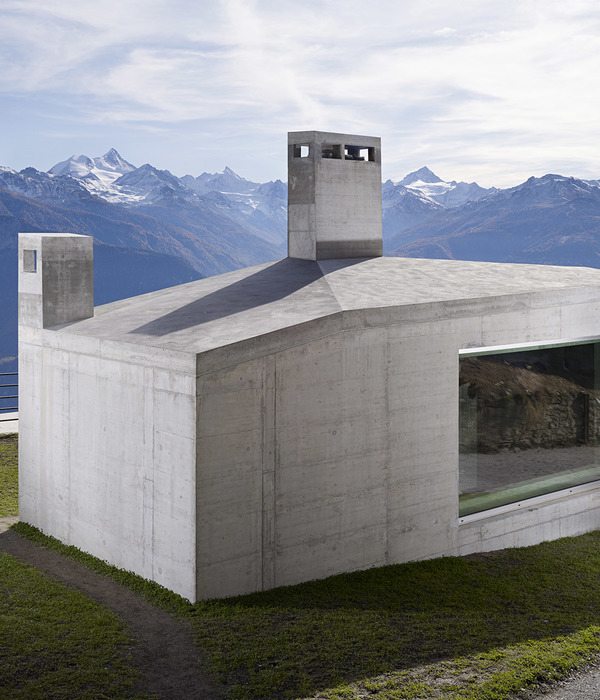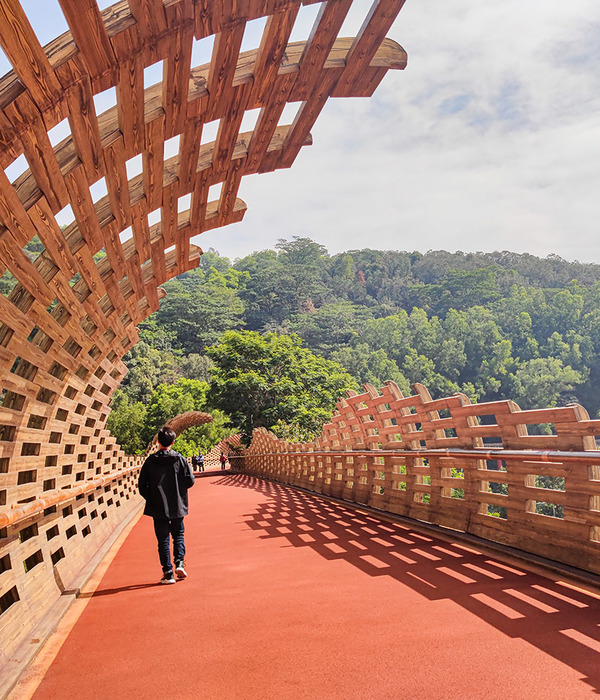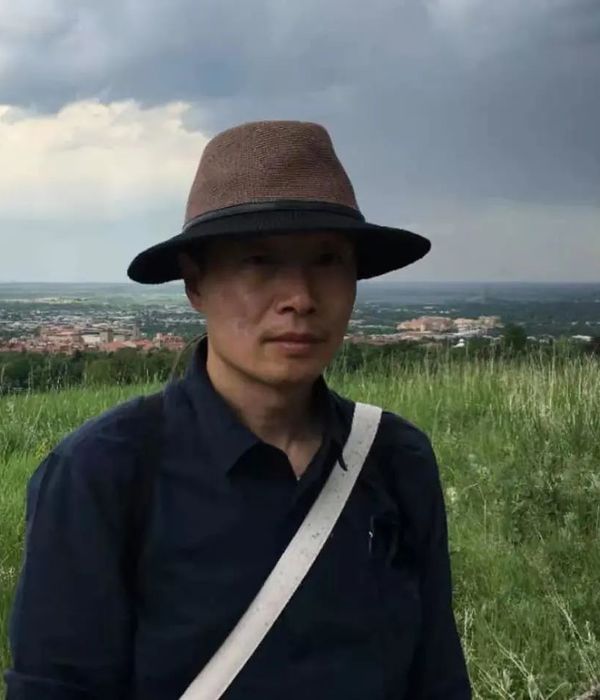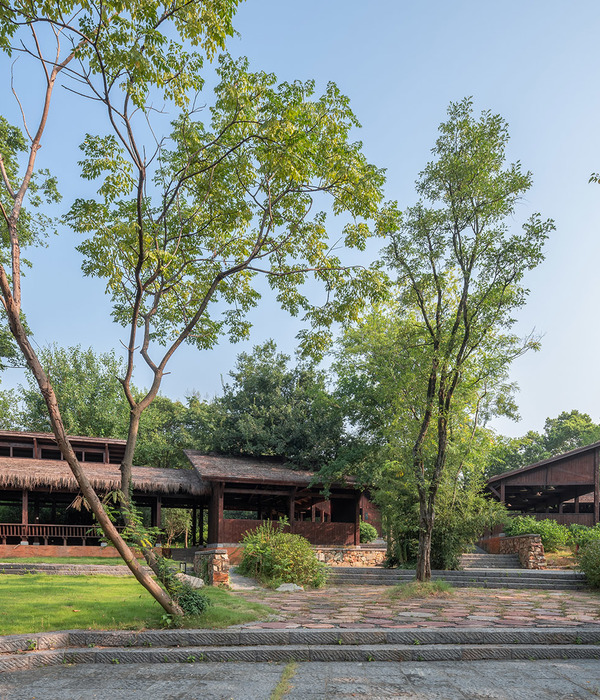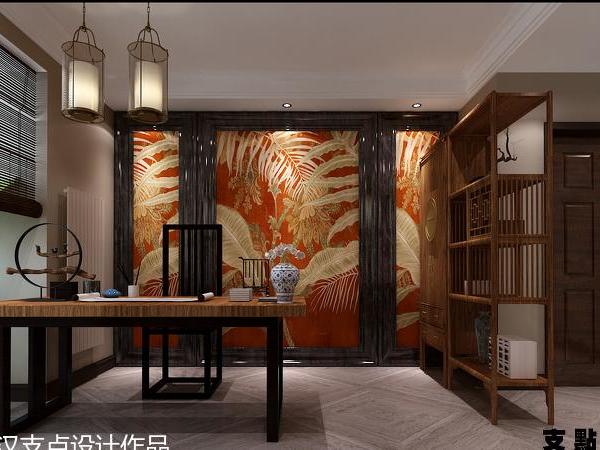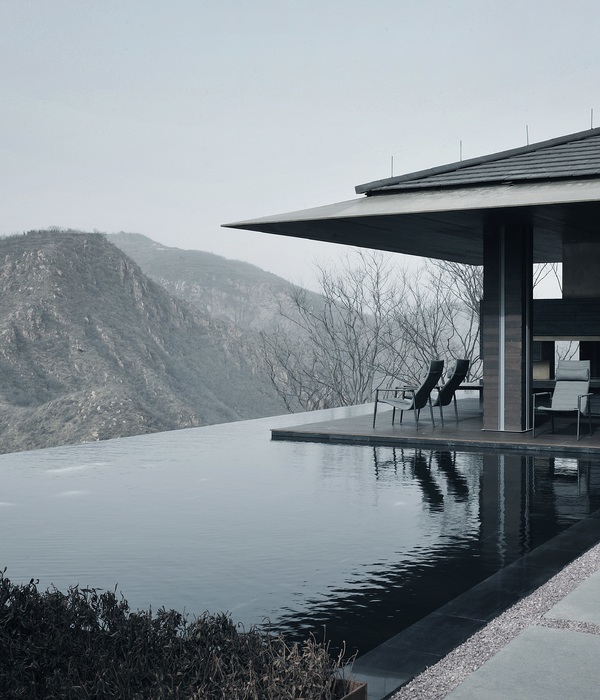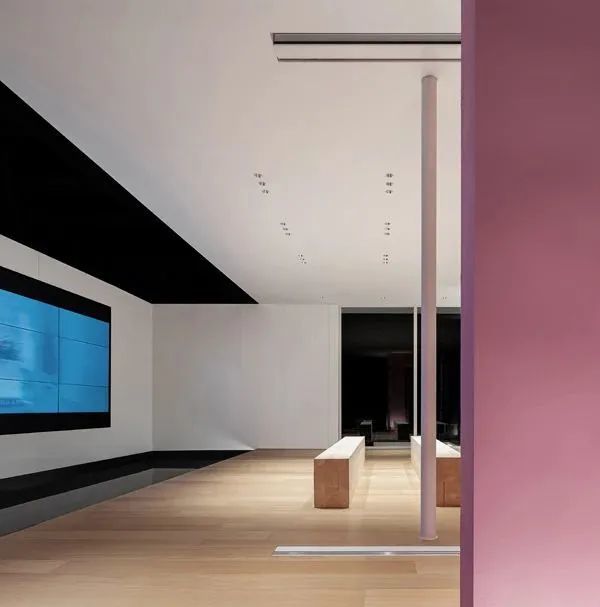荷兰水线战略要地变身公共景观
场地的前身是荷兰水线上的一个战略防御要地,这里在高强度雨洪时用于泄洪防洪。如今这里已经废弃,政府和相关机构希望这里改建成为一个吸引公众的风景休闲地。容纳各种各样的事件发生。Rietveld景观事务所创造出一个有凝聚力的设计,实现了各方的期待。
设计的灵感来自场地的历史,也尊重场地的历史。设计可以看成一个巨大的,与历史元素(比如掩体建筑和圆形剧场)结合的大草坪雕塑。设计中有各种活动区域,形成一个新型的公共领域,有望成为荷兰水线上的新景观。
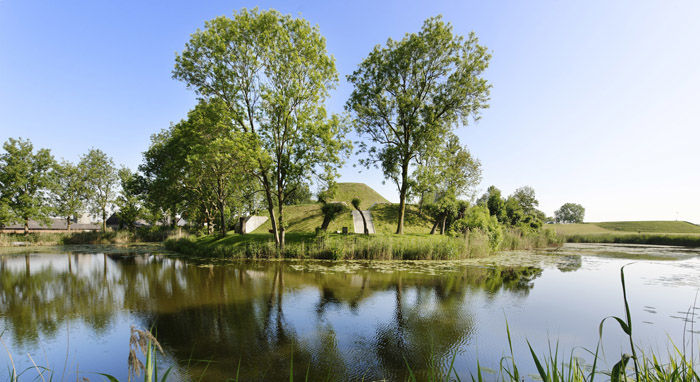
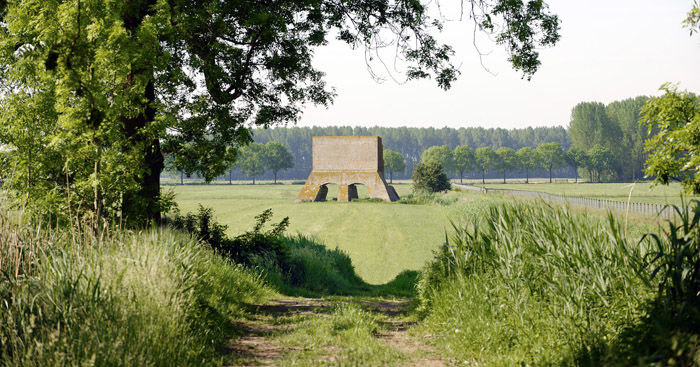
Fort “Werk aan ‘t Spoel” is a national monument dating from 1794. Part of the New Dutch Waterline – a military defense line making use of intentional flooding – it served to protect one of the inundation locks. The municipality of Culemborg and Foundation Werk aan ‘t Spoel would like to see the derelict fort become a public attraction. In its new function, the fort and a yet to be built fort house should be able to accommodate a wide variety of events and activities initiated by the inhabitants of Culemborg. Rietveld Landscape | Atelier de Lyon have translated these ambitions into a cohesive design in which the former inundation lock is referred to as well.
The design takes its inspiration from the fort’s rich past without historicizing it. It can be understood as an enormous grass sculpture integrating both new and historical elements such as the bunkers, the bombproof buildings and an amphitheatre. The project brings together several local and regional activities; as such, it forms an example of a new type of public domain and has the potential to become one of the most important attractions of the New Dutch Waterline.
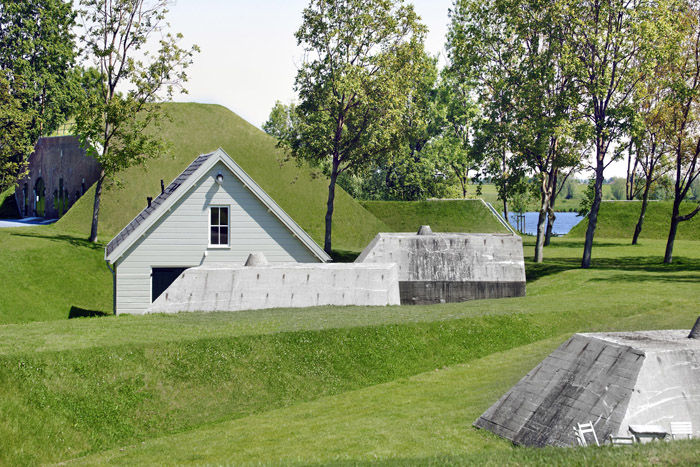
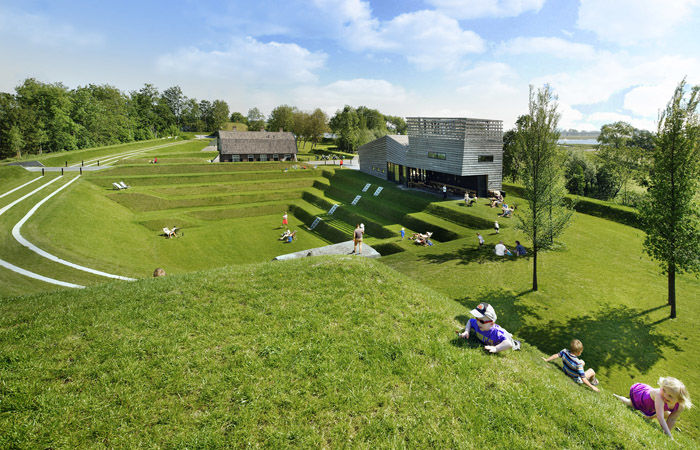
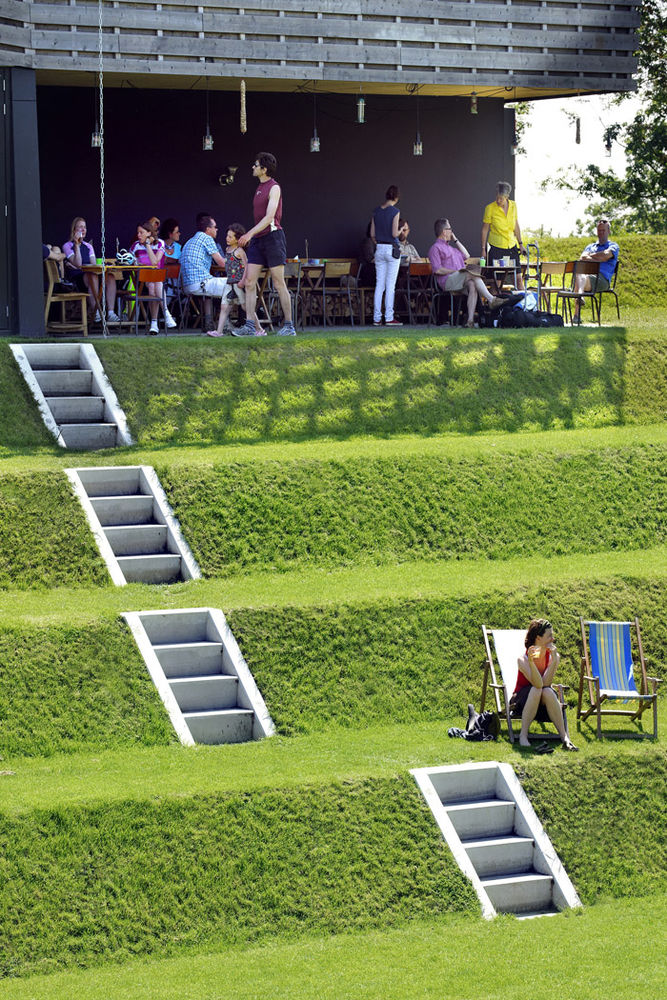
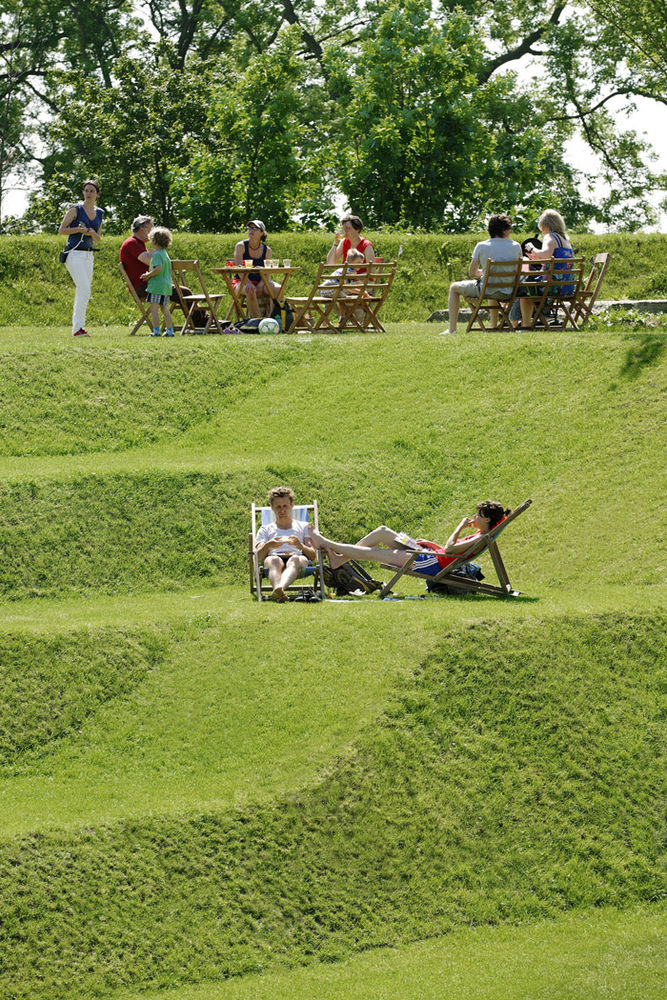

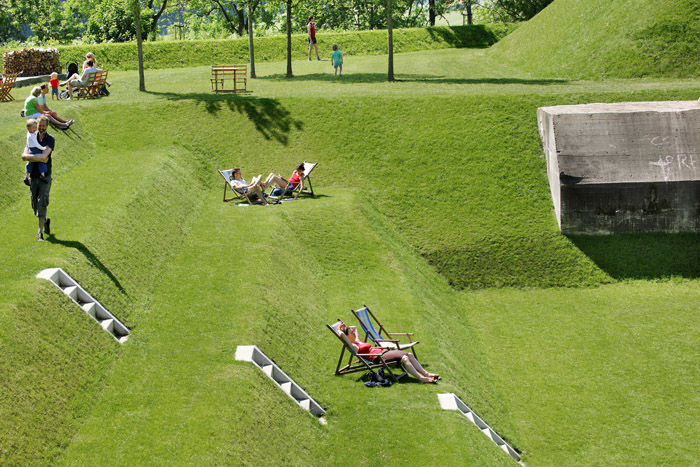
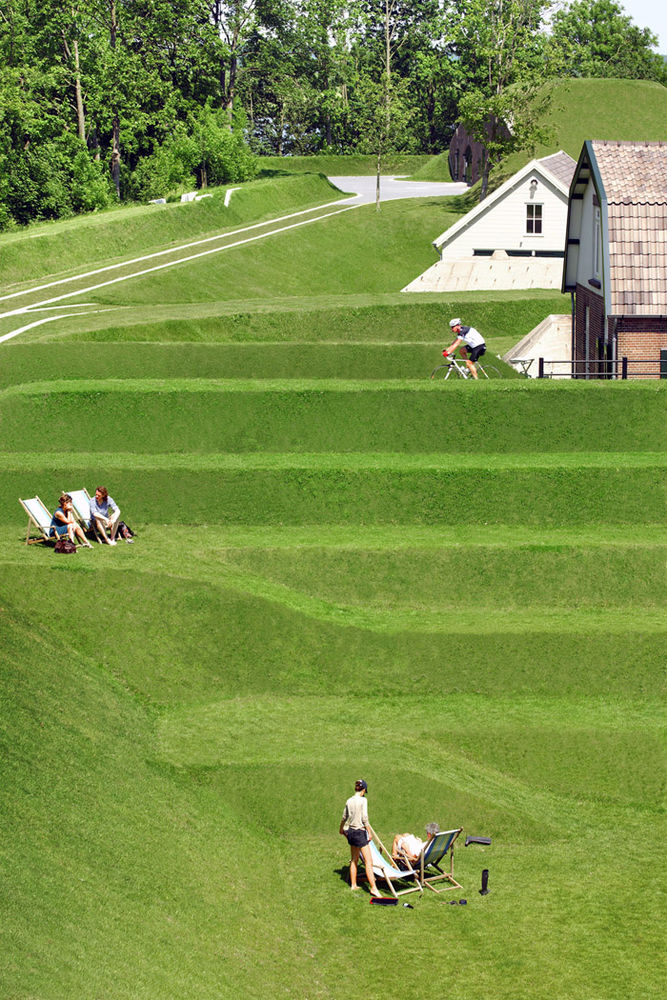
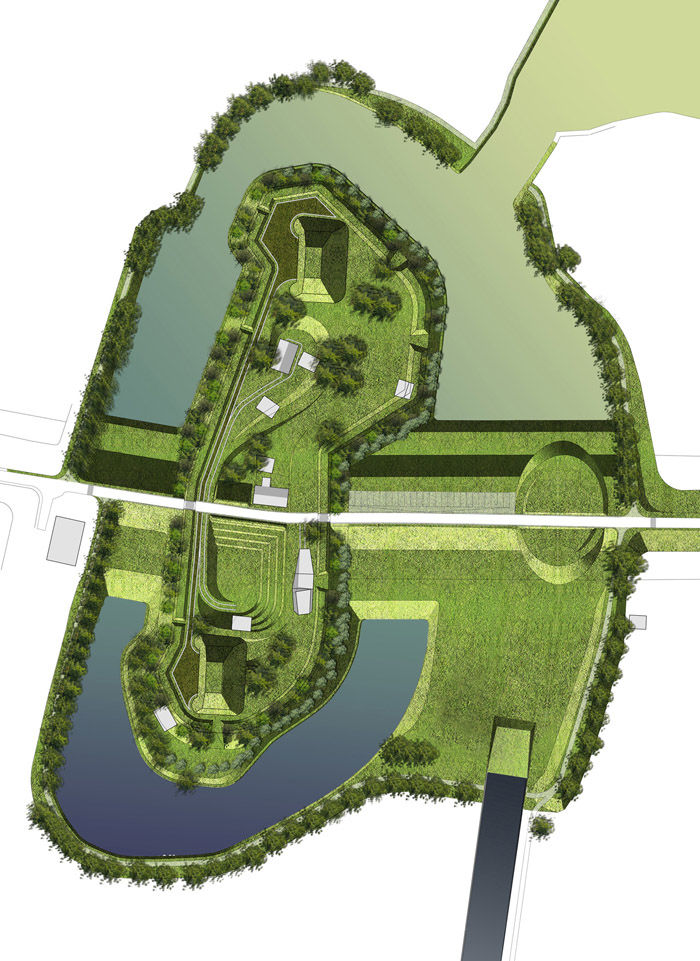

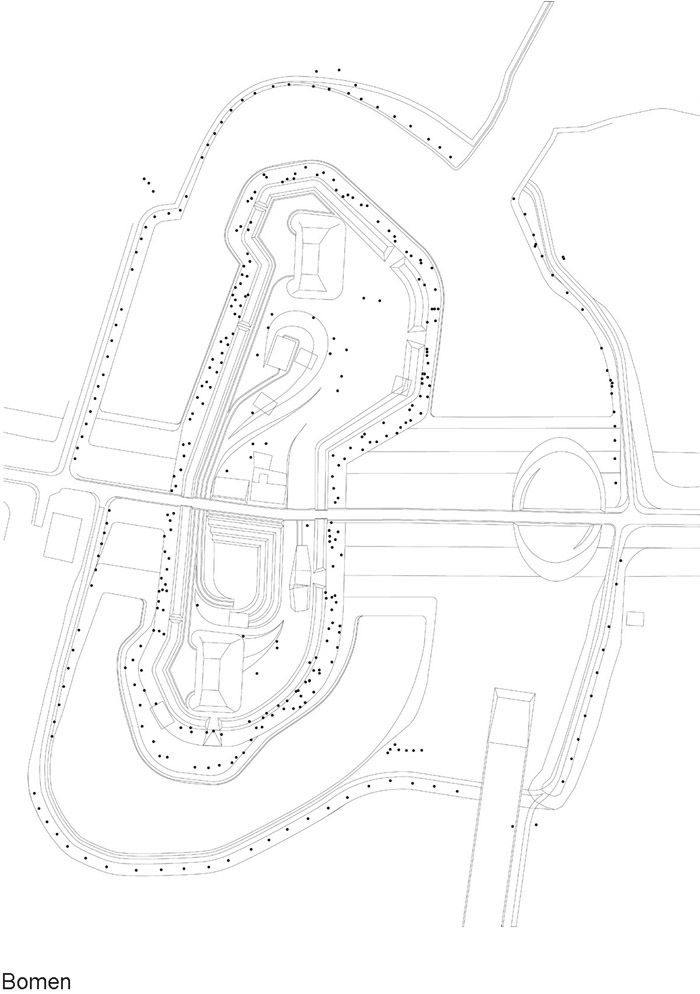
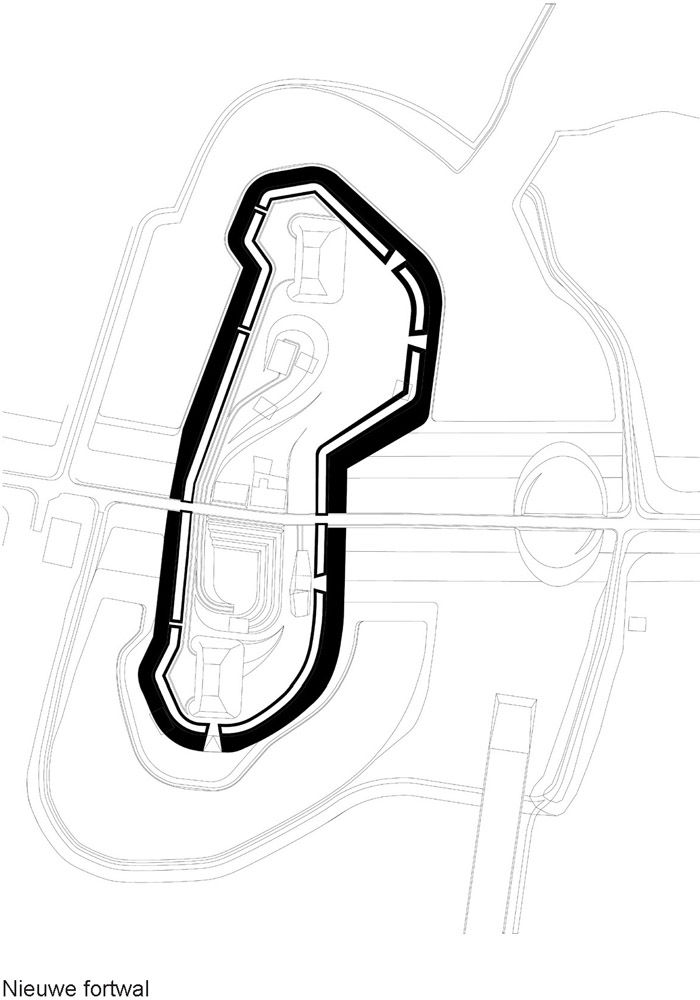
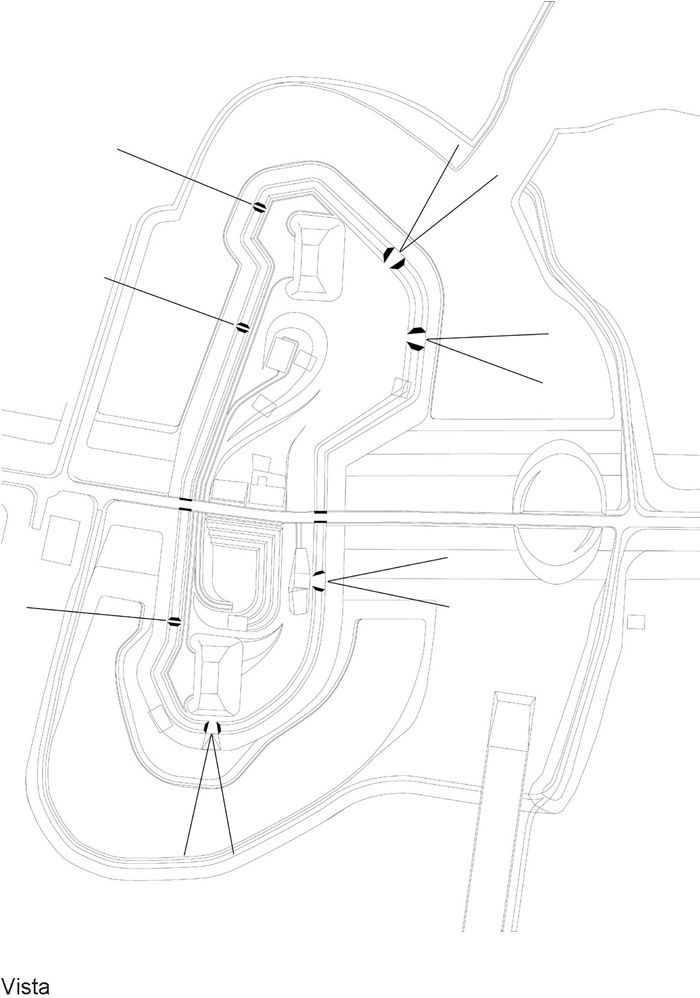
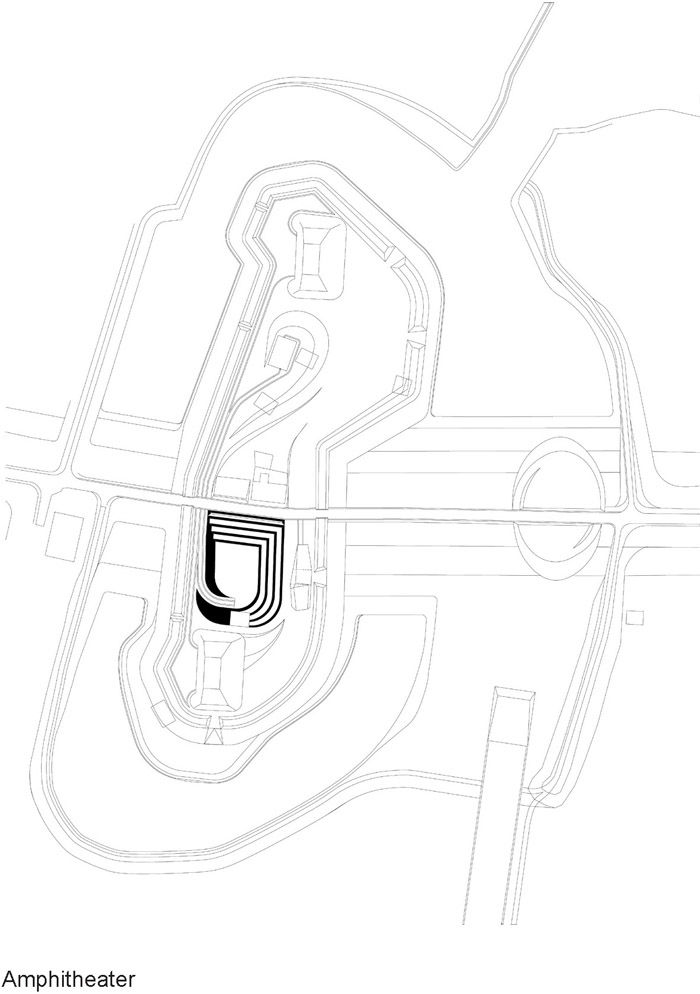
Here’s some more information from the Rietveld Landscape:
Studio Profile
Rietveld Landscape was founded by landscape architect Ronald Rietveld after he won the Prix de Rome Architecture 2006. In 2003 he graduated cum laude from the Amsterdam Academy of Architecture.
From its start economist and philosopher Erik Rietveld (Harvard University) and Atelier de Lyon have been part of the studio’s core team.
Moreover, according to the specific needs of each project Rietveld Landscape collaborates with external designers and specialists. Many of our projects deal with large current developments such as floods, vacancy, extreme rainfall and drought, ecology and sustainability, infrastructure, and the changing meaning of public space.
Our interventions add a new and understandable layer to the site’s specific history. The relevant scale of the project may vary from a square to a whole region. Our design and research can be characterized by its specific approach. Sharp analyses followed by clear concepts form the basis of our strategic and sometimes radical interventions. These focus and use the forces of important existing developments and processes to generate a new context and meaning for qualities present. This design method creates new opportunities for landscape, architecture, urban design, the public domain, ecology, recreation, and economic activity.
Client: municipality of Culemborg
Designers: Rietveld Landscape | Atelier de Lyon in collaboration with Anouk Vogel Architect Fort
house: MONK
Military historian: Douwe Koen
Photographer: Rob ‘t Hart
Location: Lek dike – Culemborg
Status: completion Fall 2011 (preview early September 2011)

